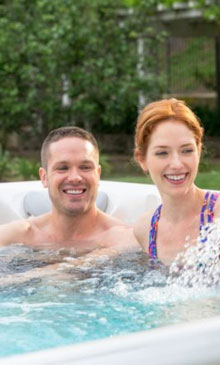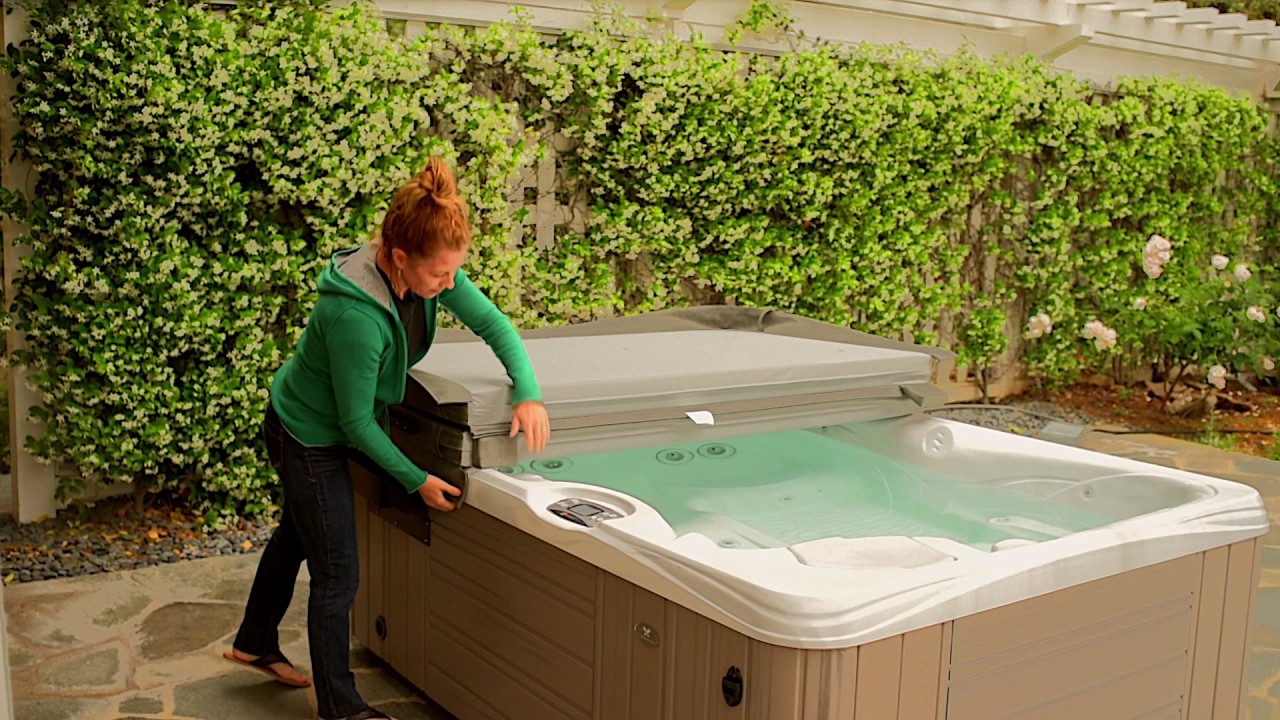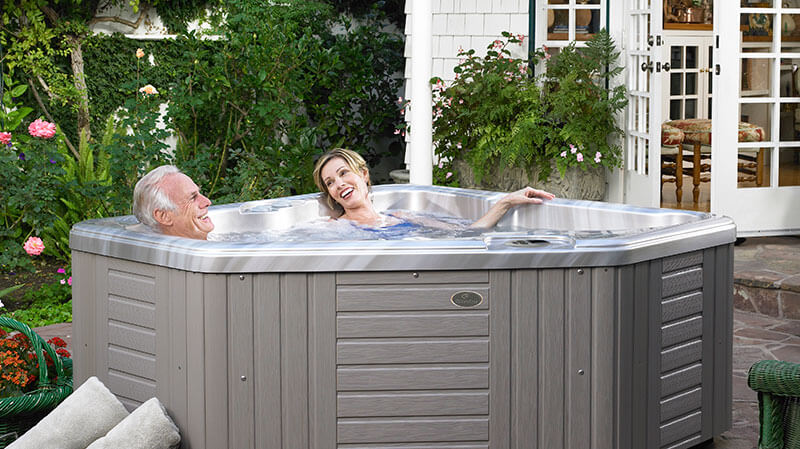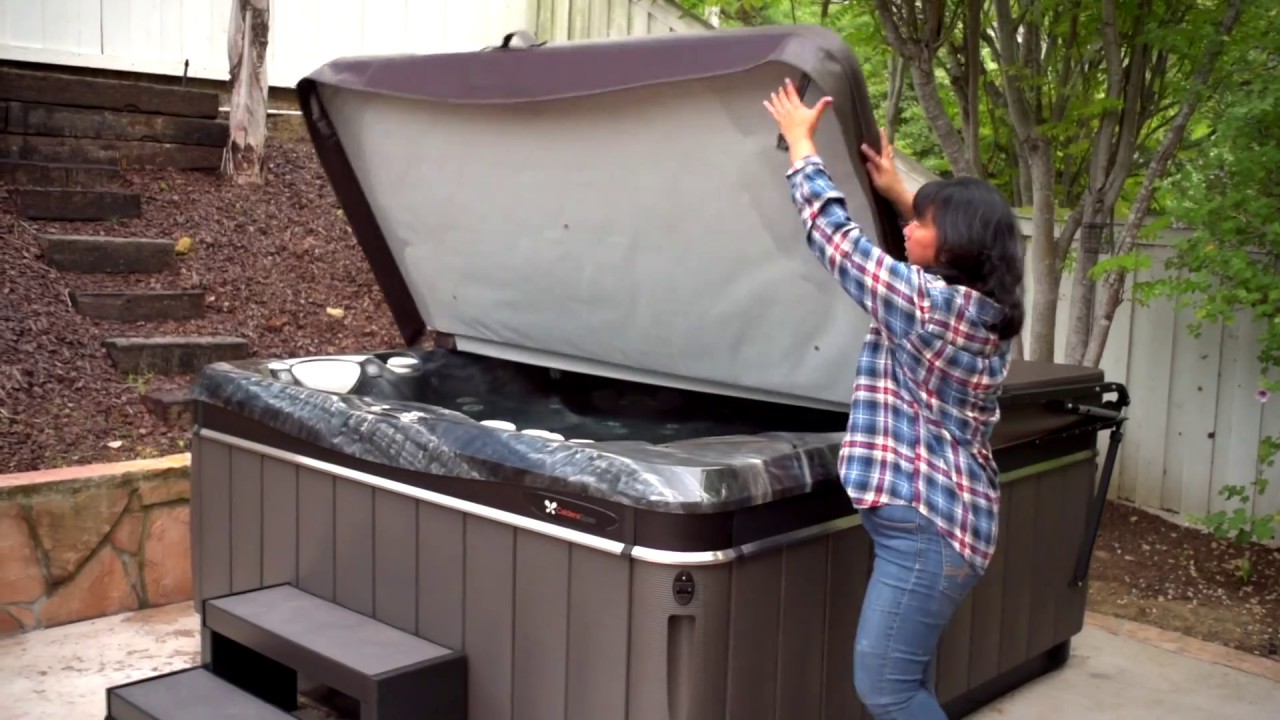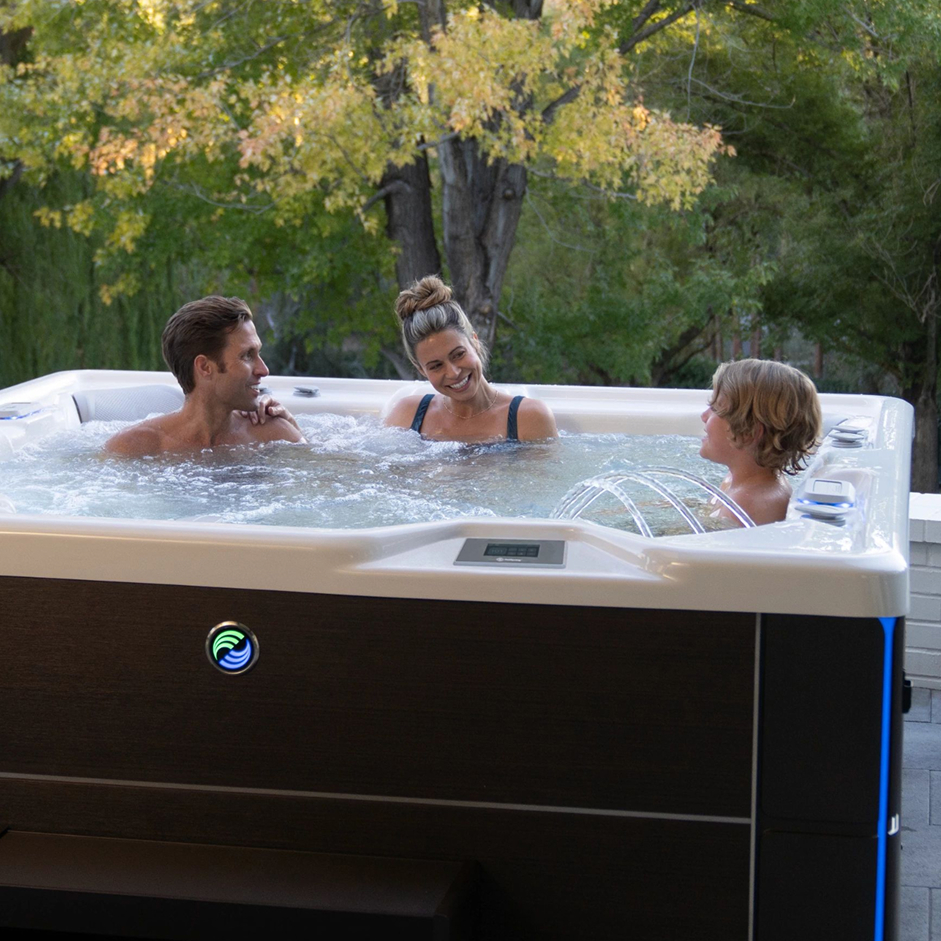
Installing a hot tub in your backyard can transform your outdoor living space into a personal oasis of relaxation and wellness. However, the success and longevity of your hot tub investment heavily depend on proper ground preparation. Without a solid foundation, your hot tub could experience structural issues that compromise its performance and create serious safety hazards.
Delaware homeowners face unique challenges when preparing for hot tub installation. Proper drainage becomes especially critical with an average annual precipitation of approximately 45 inches and seasonal weather patterns that include heavy rain, snow, and occasional flooding. The state’s varying soil conditions also require specific foundation approaches to ensure the stability and longevity of your hot tub installation.
This guide will walk you through essential ground preparation steps before installing your hot tub, explore various foundation options, and discuss drainage considerations tailored to Delaware properties.
Planning Your Hot Tub Location
Assessing Weight Requirements and Load-Bearing Needs
Before selecting a location for your hot tub, it’s crucial to understand just how substantial its weight will be when filled with water and people. A standard hot tub filled with water alone can weigh between 3,000 and 6,000 pounds, with larger models potentially exceeding this range. When you add the weight of multiple occupants, your hot tub can easily reach weights of 7,500 pounds or more.
This immense weight requires appropriate support to prevent settling, shifting, or structural damage. Different foundation types offer varying levels of support, which we’ll explore in detail later in this article.
Measuring Your Space
Take precise measurements of your intended installation area while keeping in mind that you’ll need additional clearance around the hot tub. This extra space is essential for accessing the control panel and equipment compartment, removing and replacing the hot tub cover, ensuring safe entry and exit from all sides, providing adequate walking space around the perimeter, and allowing for future maintenance access. Most manufacturers recommend at least 24 inches of clearance on all sides, though more space is preferable.
Accessibility Considerations
When planning your hot tub location, consider accessibility to critical components. Control panels should be easily reachable without awkward stretching. Equipment compartments must remain accessible for routine maintenance and potential repairs. You’ll also need adequate space for cover storage or lifters, and steps or entry points should have sufficient clearance for safe entry and exit.
Proximity to Utilities
Your hot tub will require reliable access to several utilities. You’ll need an electrical supply, as most hot tubs require 220 to 240V electrical service with a dedicated circuit. Consider proximity to a hose or water line for filling and topping off the hot tub. Additionally, plan for how and where you’ll drain the water during maintenance to prevent property damage and comply with local regulations.
Foundation Options
Concrete Pads
A concrete slab provides one of the most stable and durable foundations for hot tubs, especially in Delaware’s variable climate conditions. The advantages include superior stability and longevity, excellent weight distribution, minimal settling over time, low maintenance requirements, and resistance to moisture damage.
The concrete pad installation process involves several steps and requires specific timing. First, excavate 8-12 inches of soil. Next, add 4-6 inches of compacted gravel base. Then, install reinforcement mesh or rebar before pouring a 4-6 inch thick concrete slab. Ensure proper slope (¼ inch per foot) for drainage. Finally, allow 7-28 days for complete curing, depending on weather conditions.
While concrete pads involve higher initial costs than some alternatives, they typically offer the best long-term value due to their durability and minimal maintenance requirements. Depending on local labor rates and material costs, expect to pay between $5 and $15 per square foot.
Concrete pads are best suited for certain scenarios, such as permanent hot tub installations, areas with poor soil stability, regions with frequent freeze-thaw cycles (like northern Delaware), and when maximum weight support is needed for larger hot tubs.
Gravel Beds
A crushed gravel base provides excellent drainage and can be a cost-effective alternative to concrete. The benefits include superior drainage capabilities, lower cost than concrete, easier DIY installation, natural flexibility to accommodate minor ground movement, and environmentally friendly permeability.
Proper Gravel Selection and Depth:
For hot tub installations, use ¾-inch crushed angular gravel (not rounded river rock) to a depth of 6-8 inches. The angular shape allows the gravel to lock together, creating a stable surface, while the size provides adequate drainage.
The gravel bed installation process requires several methodical steps. Begin by excavating 10-12 inches of soil. Then, install landscape fabric to prevent weed growth and soil mixing. Next, compact 6-8 inches of crushed gravel in 2-inch layers. Level thoroughly, ensuring a slight grade for drainage. Consider adding a thin layer of sand on top for final leveling if needed.
Gravel foundations are ideal for areas with naturally good drainage, when budget considerations are primary, for temporary or potentially relocatable installations, and when enhanced drainage is a priority.
Specialized Spa Pads
Pre-manufactured spa pads, which combine the stability of rigid supports with the drainage benefits of permeable materials, have become increasingly popular.
Types Available:
- High-density plastic grid systems
- Composite polymer pads
- Interlocking modular systems
Most specialized spa pads can be installed in a single day without specialized tools or skills, making them attractive for DIY homeowners. The typical process involves leveling the ground surface, laying a weed barrier, adding a thin layer of sand, and placing the spa pad components.
Quality spa pads can support impressive weight loads. For example, some commercial-grade systems can support up to 62,000 pounds per square foot, far exceeding the requirements of even the largest residential hot tubs.
Prefabricated spa pads are ideal in several scenarios. They work well for DIY installations without access to specialized equipment, when installation timeline is a priority, in areas where concrete pouring is challenging, for potentially temporary installations, and when combining ease of installation with good performance is desired.
Deck Installations
Using an existing deck or building a new one specifically for hot tub placement can create a seamless and aesthetically pleasing installation.
Standard residential decks are typically designed to support 40-60 pounds per square foot, far below the 100+ pounds per square foot required by a filled hot tub. Significant reinforcement is necessary, including:
- Additional support posts
- Upgraded beams and joists
- Reduced joist spacing
- Enhanced footings
The hot tub weight must be calculated and distributed properly for deck installations to prevent structural failure. This requires dividing the hot tub’s total loaded weight by its square footage to determine pounds per square foot, then ensuring the deck is reinforced to exceed this rating.
Due to the significant structural requirements and safety implications, deck installations almost always warrant professional engineering assessment. A qualified structural engineer can provide specific reinforcement plans tailored to your deck and hot tub specifications.
Drainage Solutions for Delaware Properties
Local Precipitation Patterns and Considerations
Delaware experiences distinct seasonal precipitation patterns that must be accounted for in hot tub installation planning. The state receives approximately 45 inches of annual precipitation, with significant seasonal variability. Winter and spring in the northern parts of the state can bring heavy rain or snow, while summer thunderstorms often deliver intense, short-duration rainfall.
Proper Slope Requirements for Runoff
For effective water management around your hot tub:
- The foundation itself should have a slight slope (¼ inch per foot) away from the hot tub
- The surrounding landscape should be graded to direct water away from both the hot tub and your home
- Consider creating swales (shallow ditches) to channel water toward appropriate drainage areas
French Drain Options
French drains provide excellent solutions for areas with drainage challenges, particularly in Delaware’s heavy clay soils where natural drainage may be poor.
A typical French drain installation involves:
- Digging a trench at least 12 inches wide and 18-24 inches deep
- Lining the trench with landscape fabric
- Adding 3-4 inches of gravel to the bottom
- Placing a perforated pipe with the holes facing downward
- Covering with additional gravel
- Wrapping the landscape fabric over the top
- Finishing with topsoil or decorative stone
For hot tub installations, consider placing French drains along the downhill side of the installation area to intercept water before it can accumulate around the foundation.
Managing Seasonal Challenges
Delaware’s seasonal weather variations create unique drainage challenges.
After winter, melting snow and frozen ground can lead to poor drainage and pooling water. Ensure your drainage solutions account for this seasonal challenge by installing adequate subsurface drainage, creating temporary surface channels during thaw periods, and maintaining clear pathways for water to exit the hot tub area.
Summer storms can deliver several inches of rain in short periods. Your drainage system should be able to handle these intense events through overflow drainage routes, sufficient capacity in subsurface systems, and strategic grading to prevent water accumulation.
Preventing Water Pooling and Foundation Erosion
Water pooling around your hot tub can lead to multiple issues, including foundation settling or erosion, equipment damage, reduced foundation lifespan, potential water intrusion into electrical components, and creating mosquito breeding grounds. Effective prevention strategies include establishing proper initial grading around the hot tub area, installing adequate subsurface drainage systems, creating designated overflow paths for extreme weather events, and regularly maintaining drainage systems to ensure continued effectiveness.
The Professional Installation Advantage
While it might be tempting to handle hot tub installation yourself to save on costs, significant risks are involved. These include improper foundation preparation leading to settling and structural damage, insufficient drainage causing water damage and foundation issues, inadequate electrical installation creating safety hazards, improper leveling affecting hot tub performance and longevity, and voided warranties due to installation errors. Most hot tub warranties explicitly require professional installation to remain valid, making DIY approaches financially risky in the long run.
Solid Foundations Lead to Lasting Hot Tub Enjoyment
Proper ground preparation is not just a recommendation for hot tub installation—it’s an essential investment in your hot tub’s longevity, performance, and safety. The foundation quite literally supports your significant investment and ensures years of trouble-free enjoyment.
For Delaware homeowners, the region’s unique climate challenges make proper foundation and drainage planning even more critical. With increasing annual precipitation and more frequent extreme weather events projected for the future, investing in quality foundation preparation today will protect your hot tub for years to come.
While professional installation may seem like an additional expense initially, it is typically the more economical choice in the long run. Professional installers bring specialized knowledge, equipment, and expertise that ensure your hot tub foundation is built to last while maintaining your warranty protection and ensuring all safety standards are met.
Whether you choose a concrete pad, gravel base, specialized spa pad, or reinforced deck, the key factors remain the same: proper leveling, adequate drainage, appropriate weight support, and attention to detail throughout the installation process. Following this article’s guidance and working with qualified professionals, you’ll create the perfect foundation for your backyard oasis.

